Smokey But Mostly Peaceful Crash
SPECIAL REPORT - take a train ride through railroad history, witness a smoky train crash, and get some life-saving tips.
Read time 11 min 20 sec | 2,835 words | 199 sentences
It’s not my job to run the train,
The whistle I don’t blow.
It’s not my job to say how far
The train’s supposed to go.
I’m not allowed to pull the brake,
Or even ring the bell.
But let the damn thing leave the track
And see who catches hell!
Timetable Stations
Foreword
All Aboard (satire)
Historical Background
Current Operations
Day Before
Smoky Crash
Observations
Leadership
Serious Safety Tips
Last Stop, Reflection Terminal Station (satire)
1 - Foreword
On November 1, 2022, Strasburg Rail Road Company (SRC) experienced a collision between a steam locomotive and an on-track maintenance machine. The SRC is a tourist and freight railroad located in the heart of Pennsylvania Dutch tourist country. SRC employs 60 full-time people and 100 part-time workers.
This essay aims to provide readers with a unique perspective from a writer with 45 years of experience in the rail transportation field. More importantly, it includes safety lessons readers can apply to everyday life, such as operating highway vehicles, using tools, etc. And, of course, there is the human interest part of the story.
Please note that all the information about the accident and associated data is in the public domain. As such, the author does not make any claim of a formal or informal investigative write-up. More importantly, it offers no conclusions that may require action by officials. That is the domain of railroad officials and government investigators.
2 - All Aboard!
Enjoy a leisurely “local” train ride that includes some fascinating early history about the SRC and much more. Depart for an extra special progressive treat at the last stop, “Reflection Station.” If a slow local train ride through rail history is not of interest, take the Green New Deal express train No. 86 to Reflection Terminal, the last station of this essay. No seatbelts? Get on the horn to the Nanny State to enact seat belt laws for passenger trains.
Express train No. 86 proceeds at a disappointing moderate speed here in the North American Union dba USSA. Unlike the European Union, Japan, and China, USSA needs a boost. Comrades, cheer on, the light is at the end of the tunnel with California High-Speed Rail (to nowhere). Never forget that it is for the common-ist good: the initial California plan called for a $33 billion price tag. Construction started in 2012, three years late. So far, this Leviathan has spawned $98 billion (and counting) in spending.
3 - Historical Background
SRC is a standard gauge “short line” railroad in Lancaster County, PA. It connects with National Railroad Passenger Corporation (Amtrak) in Paradise, PA, and spans 4.5 miles, terminating in Strasburg, PA. The connection with Amtrak is the gateway for freight traffic between SRC and Norfolk Southern (NS) which has “trackage rights” on the Harrisburg Line or Keystone Corridor. SRC and NS exchange freight cars at Paradise in what is known as an “interchange” in railroad terminology. The railroad timetables designate this interchange “station” point in Paradise as “Leaman Place.”
Currently, SRC operates revenue tourist passenger trains between Strasburg and Paradise. Several special SRC “excursion” passenger trains ran over the Harrisburg line in the 1980s. I had the joy of riding the last SRC special on Amtrak’s Harrisburg Line from Strasburg to Philadelphia and back to Strasburg on May 18, 1986. That grand event consisted of a high-speed train of ten coaches pulled with steam Engines 7002 and 1223. Click here for a video.
SRC visitors can venture across the street from the Strasburg Station to the Railroad Museum of Pennsylvania, a world-class railroad history museum. The museum is open year-round except for major holidays and certain Mondays. Both 7002
The SRC headquarters and mechanical shops are in Strasburg. As a world-renowned steam locomotive shop, tourist railroads from around the world ship steam locomotives and parts to Strasburg for rebuilding.
The SRC is known as “America’s Oldest Short Line,” with an original charter of June 9, 1832. Strasburg residents wanted to build a 4.5-mile connection with the Philadelphia and Columbia Railroad (P&C). SRC incorporation occurred on February 12, 1851. Note the two words “Rail Road,” which is an atypical form of the word railroad.
The completion of SRC construction occurred in 1851. In August of the following year (1852), SRC interchanged freight cars with the P&C. Two passenger round trips were offered between Strasburg and Leman Place, connecting with P&C local passenger trains east to Philadelphia and west to Lancaster. SRC also had a mail contract and one with Adams Express.
In 1857, P&C became part of the Pennsylvania Railroad. In 1968, the Penn Central Corporation took control of the Harrisburg Line. Then, in 1976 Amtrak took ownership and control of the Harrisburg Line between Philadelphia and Harrisburg.
With the Panic of 1857, SRC operated at a loss for several years. In April 1859, the SRC changed hands under a Sherrif sale for $13,000.00. The new owners consisted of a group of 24 business owners. One notable member was Thaddeus Stephens of Lancaster, PA. Stephens was the congressman who proposed the impeachment of the 17th President of the USA, Andrew Johnson. Ownership changed hands again in 1866 and 1898. In 1918, the Homsher family purchased and ran the railroad until 1956.
In 1954, Hurricane Hazel damaged the rail line, and in 1956 a stone culvert collapsed. SRC management petitioned the Pennsylvania Public Utilities Commission (PUC) to end services with the track impassible. On December 2, 1957, the PUC granted the petition. After service ended, SRC filed for abandonment with the Interstate Commerce Commission (ICC). Of note, the ICC was sunsetted in 1996, with the Surface Transportation Board assuming its role in the economic oversight of surface transportation. Luck has it that the ICC abandonment petition never came to fruition.
The last remaining member of the Homsher family, J. Bryson Homsher, died in 1956. A series of legal actions ensued, and because the ICC never granted abandonment, the SRC had to change hands to a party that would run the railroad. A group of 11 men met to restart the SRC as a steam tourist operation along with freight. To entice investment, each of the eleven new stockholders became a vice president of the corporation. On November 1, 1958, the new group purchased SRC for $18,500.00. On January 4, 1959, SRC inaugurated passenger service for the first time since the early 1950s. Steam operations began in 1960, and it has blossomed ever since.
4 - Current Operations
SRC operations begin Presidents Day weekend and continue on weekends throughout the spring. It runs daily from April through November, with two trains operating service every half-hour (subject to change) from Memorial Day through Labor Day weekend, then opens Fridays, Saturdays, and Sundays in December as well as daily between Christmas and New Year’s. SRC carries 250,000 to 300,000 passengers a year.
Since 2008, Strasburg has been steadily growing its freight business. It obtained state grants to upgrade the trackage and, in 2011, replaced the old bridge over an Amish farmer’s path with a substantial concrete arch. Regular freight power is ex-New York Central diesel switcher SW-9 No. 8618, acquired in 2008.
As a backup unit, SRC also purchased ex-Santa Fe diesel SW-9 No. 1235 in 2018.
Freight traffic is mainly loaded cars inbound three or four times per week and includes railcar-to-truck transfer of grains, bulk feed additives, dry fertilizers, and lumber. The railroad handles truck-to-railcar bulk transfers, public team track access, and trans-loading liquid products that travel by tank car. Scheduled steam-powered passenger trains with freight cars (“mixed trains”) occur occasionally. These trains are sporadic due to NS’s unpredictability in delivering carloads to the Leaman Place interchange.
After expanding its freight yard next to its tourist operation in Strasburg, the railroad plans to shift most of that work to a new yard in Paradise. With the help of a $1.7 million state grant, SRC is developing a roughly seven-acre property to give more room for delivery trucks to load and unload rail cars.
SRC currently rosters four operating steam locomotives: former Great Western “Decapod” [2-10-0] No. 90, former Canadian National “Mogul” [2-6-0] No. 89, former Norfolk & Western “Mastadon” [4-8-0] No. 475, and former Brooklyn Eastern District Terminal “Six-Wheel” [0-6-0] No. 15 (rebuilt as Thomas the Tank Engine). No. 475 is the engine involved in the November 1, 2022, accident. She is the only 4-8-0 class locomotive currently operating in North America.
No. 31, former Canadian National “Six-Wheel” [0-6-0], is undergoing an extensive rebuild. Acquired by SRC in 1960, she was the first steam locomotive to return to passenger service. Currently, SRC is hosting the Virginia Museum of Transportation’s former Norfolk & Western “Northern” [4-8-4] No. 611. SRC is one of the few railroads in the United States to use steam locomotives to haul revenue freight trains.
5 - Day Before
The day before the accident (November 1, 2022), SRC ran three passenger trains with 11:00 am, 12:30 pm, and 2:00 pm Strasburg departures. At Leman Place, in addition to the “runaround” (No. 2) track, there is a stub end track connected to the runaround track. That track provides for the storage of rail equipment.
That same day, the SRC track department performed work near Leman Place. When done for the day, the SRC track crew moved an on-track excavator to the stub track at 3:35 pm for overnight storage. The track crew failed to place the switch back to its “normal” position and secure it with a lock.
The following day, November 2, 2022, at 11:00 am, steam locomotive No. 475, with eight passenger cars, departed Strasburg for Leman Place. In the typical arrangement, departing Strasburg, 475 traveled with the tender first (locomotive second). Upon arrival at Leman Place on No. 1 track, the train crew uncoupled 475 from the lead end of the train to “run around” the passenger cars to couple to the opposite end for the return trip to Strasburg with the locomotive first, tender second.
The track at Leman Place is designated “Yard Limits,” whereby trains on “main tracks” must proceed under the requirements of “Restricted Speed.” The same Restricted Speed protocol applies to “other than main track,” such as yard, industry, and non-controlled siding tracks. Railroad operating rules define Restricted Speed as movement conducted by observing the track ahead. In brief, the engineer must proceed not exceeding 20 mph (or lower as prescribed by a railroad) and be able to stop at half the range of vision, short of railroad equipment, or switch improperly lined. SRC designates a “Yard Limits” speed not exceeding 10 mph under its Restricted Speed rules. Of note, historically, the system of Yard Limits industry-wide provided a scripted method of operating trains on main tracks spanning through yards.
On main tracks outside “Yard Limits,” trains normally can operate at higher speeds while not observing Restricted Speed protocols. That occurs using automatic wayside signals or dispatcher controlling segments of a track without wayside signals.
6 - Smoky Crash
At approximately 11:20 am, locomotive 475, while making a forward-oriented movement (tender to the rear) on the runaround (No. 2) track, entered the stub track and collided with the on-track excavator. Upon impact, the excavator boom punctured the smoke box cover on 475. The on-track machine derailed, and 475 shoved it a short distance before stopping.
The locomotive crew did not notice the misaligned switch and entered the stub track at approximately 10 mph, the speed limit for that track. Both the excavator and locomotive incurred moderate damage. There were no injuries.
The 425’s smokebox front and door were damaged, along with supplementary metal pieces and the headlight. Damage to the excavator included the bucket, piston, and hydraulic hoses on the excavator. The excavator boom did not pierce or deform anything vital to steam operation, such as No. 475’s boiler flues or front flue sheet. SRC expected 475 to be back in service within a few days of the incident.
7 - Observations
Like most accidents, several events occur, triggering the crash. In this incident, the following two major consequential events transpired in sequence, culminating with a collision:
After storing the excavator, the SRC track department needed to set the hand-operated switch back to its normal position and apply the lock.
The 475 crew should have complied with the tenants of restricted speed by not seeing the switch to the stub track set in the reverse position. As seen in the video recorded by a passenger, the engineer and fireman were on the engineer’s side of the locomotive cab waving to the passengers.
The stub track switch stand (hand throw mechanism) has a “target.” That device, clearly visible, indicates the position of the switch. Under SRC’s rules, green means the normal position, and yellow reverse (stub track route). At this location, because the normal position routes a train onto the curved portion of the turnout, it is considered a “non-conforming normal position.”
As a steam locomotive, damage to its boiler can result in a massive exposition. Fortunately, this incident did not result in a breach of the boiler.
8 - Leadership
Jim Hager is the new general manager of the SRC and seems to have a clear leadership vision. Reports indicate Hager wants to maintain SRC’s historic character. That includes broadening the appeal of food and beverage offerings. Hager hopes to build SRC’s contract mechanical specialty services. He is working to increase the railroad’s freight business using the new yard in Paradise.
SRC has had unexpected leadership changes and staff departures since 2018. The good 18-year presidency of Linn Moedinger ended when he retired in December 2018. Longtime SRC employee Craig Lefever, who took control of the helm, died of cancer at age 52 while he was only six months into the job.
In late 2019 SRC hired Tony Gebbia to take the helm. Previously an event planner at Florida’s Walt Disney World, Gebbia brought some of that industry’s “culinary” and “theatrical” embellishments to the SRC. A former employee described heavy-handed personnel policies. Personnel in several departments left for work on other railroads and non-railroad employment. Financial and personnel issues also surfaced, and Gebbia abruptly departed early in 2022.
It is unclear if the above Disney turmoil played any part in the accident that occurred on November 1, 2022. Nevertheless, it is good news that SRC has returned to its rich heritage by dropping Disney distractions.
9 - Serious Safety Tips
Working in the railroad industry can be an especially dangerous vocation when safety takes a back seat. Distraction can be fatal. In recent decades, several fatal train accidents occurred due to the distraction of handheld electronic devices. As a result, federal rail regulations prohibit employees on moving trains from using handheld electronic devices. (Electronic devices were not a factor in this crash.)
The same distraction dangers exist during the operation of motor vehicles. We must keep focused on the road ahead. “Why Risk Your Life” is an engaging rail film from the 1940s that provides many safety tips for consideration.
The Why Risk Your Life video shows many long-ago abandoned risky procedures. For example, riding on the “footboard” of a locomotive, riding on the top of boxcars, and hand-brake clubs.
10 - Last Stop, Reflection Terminal Station
The SRC employees who contributed to the accident on November 1, 2022, will likely face some discipline for a mistake. And knowing railroaders, most are hard workers and, like all of us, get distracted. Meanwhile, collectivist “bail reform” forces law enforcement to release repeat criminals back to the street. Criminal acts are not distractions.
Even more infuriating, I have personal knowledge from an insider concerning a prominent big business entity that prioritizes Diversity Inclusion Equity (DIE) over its employees’ safety and security training. In concert with the Willful Order to Kill Entrepreneurship (WOKE) mob, perhaps the managers of this progressive big corporation are “distracted” from their obligation to train its employees in security and safety-sensitive topics. Nevertheless, wokeness constitutes a dangerous cult-like mental cancer imperiling people’s lives. But it sure is a delight to the population controllers. As Reality Deniers, the woke folk dismiss the critical issues jeopardizing us all. They deny:
Biology | woke folk shall choose their sex/gender or a combination thereof, and uber-woke parents decide the reproductive (or neutered) biology of babies lucky to have made it past birth
Body autonomy | except for the right of people to make informed decisions about messenger RNA (mRNA) population reducing injections
Border invasion | just border agents whipping horses
Crime | crime attribution only goes to January Six; incarcerate those folk in a USSA gulag locked up in solitary confinement
Energy scarcity | it is “for the common-ist good”
Facts | only collectivist crapola matters
Fiery and mostly violent collectivist riots | praying the Rosary at a baby butcher shop is the real danger
Freedom of speech | except for non-woke folk
Fusion of big business and leviathan government | More of the “for the common-ist good” depravity under the Pavlovian Environment Social Government ecosystem (the real Fascism)
Inflation | right-wing fiction
Sovereignty | the USA is a racist entity that the New World Order must overtake
Traditional family | Modern Family trumps Adam and Eve
Woke military causing low recruitment | more right-wing fiction
Work | reparations and universal basic income are for the common-ist good
Meanwhile, “micro-aggression” is an overarching threat that makes woke folk feel threatened. They have feelings! The hurt feelings of collectivists will increase the intake at mental health facilities. Thus, disrespecting a collectivist’s sentiments shall be deemed a hate speech offense worthy of an FBI no-knock warrantless front door breakdown visit.
Reality Deniers are the real threat because of their narcissistic deflection. Folks, we are being railroaded big time. It is a big train wreck. Our “Democracy” is at risk!
Sources
Trains Magazine Newswire | New Strasburg GM packs experience, skills
Trains Magazine Newswire | Strasburg collision damages No. 475, no one hurt




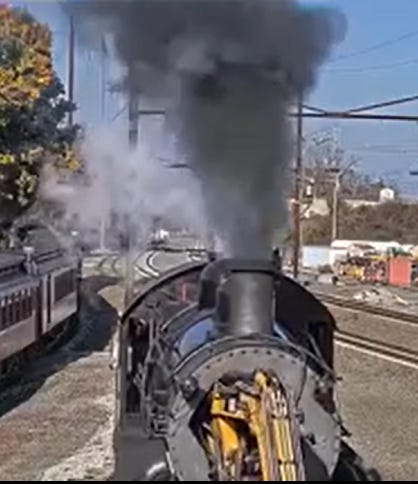
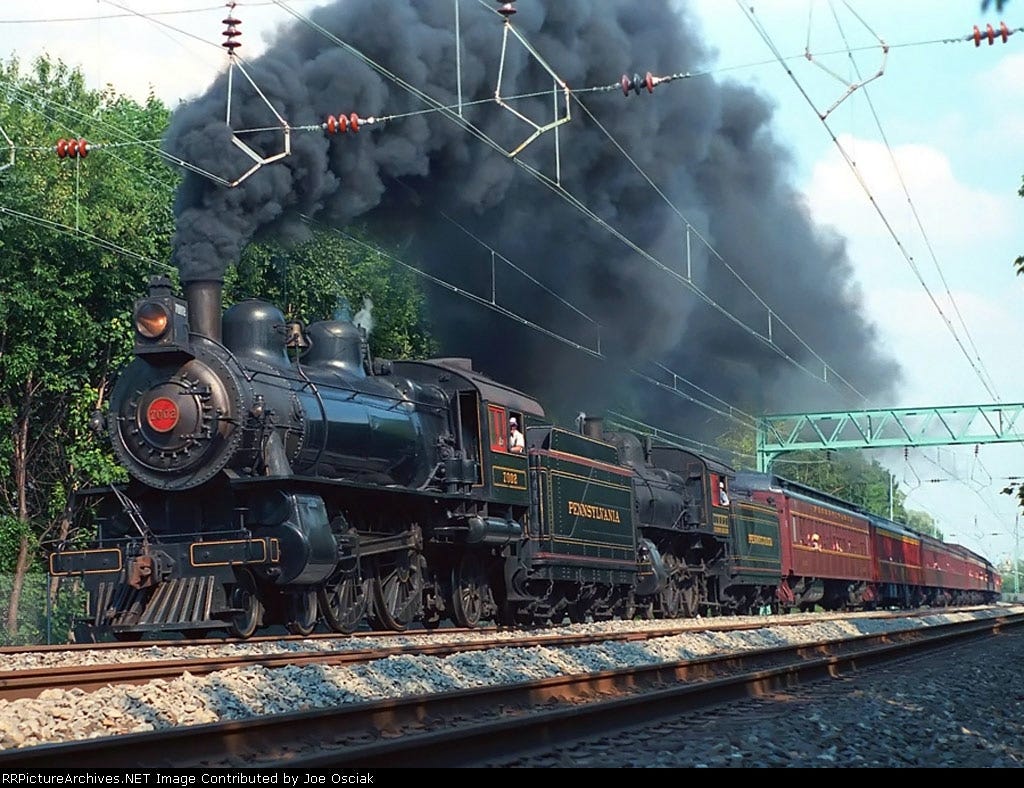
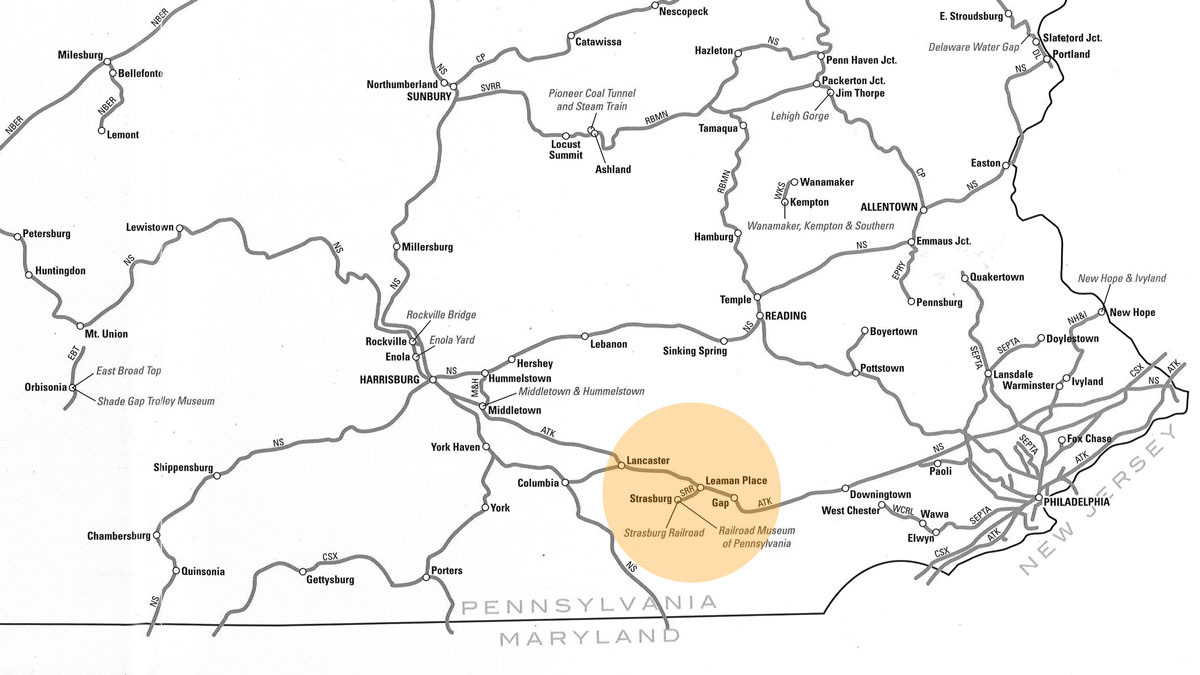
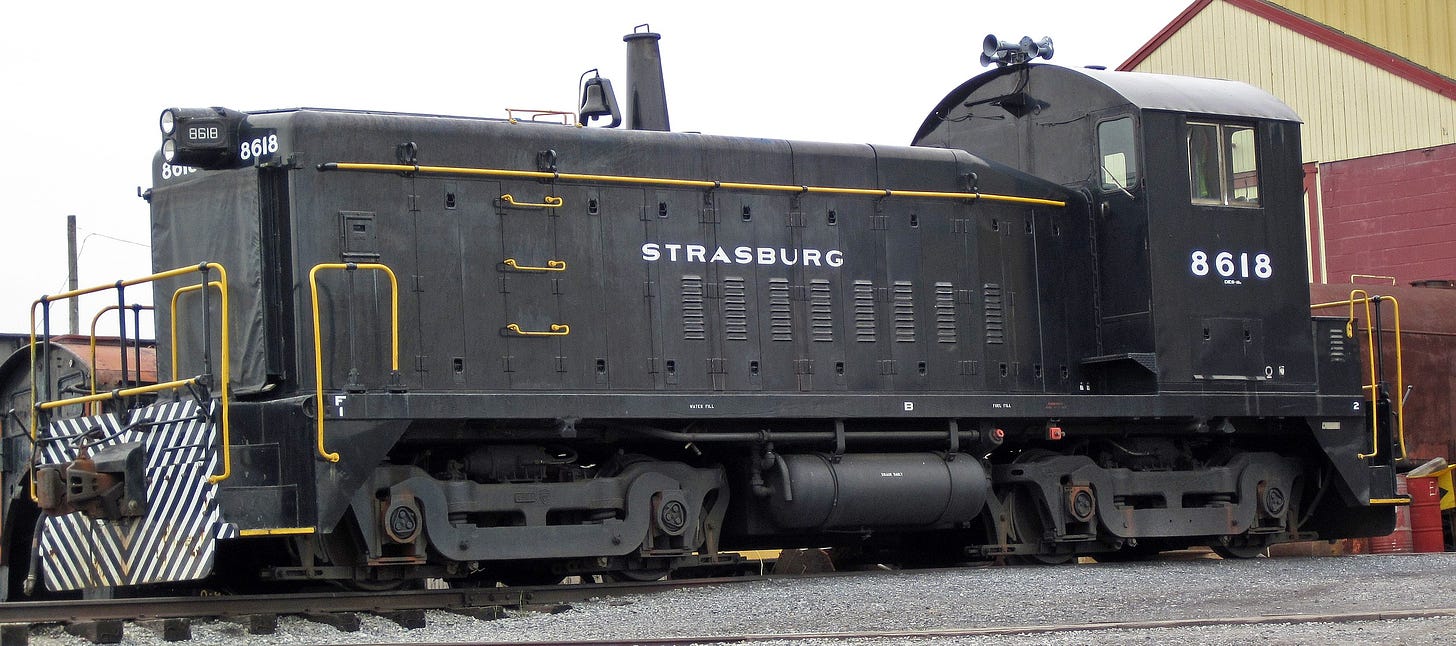
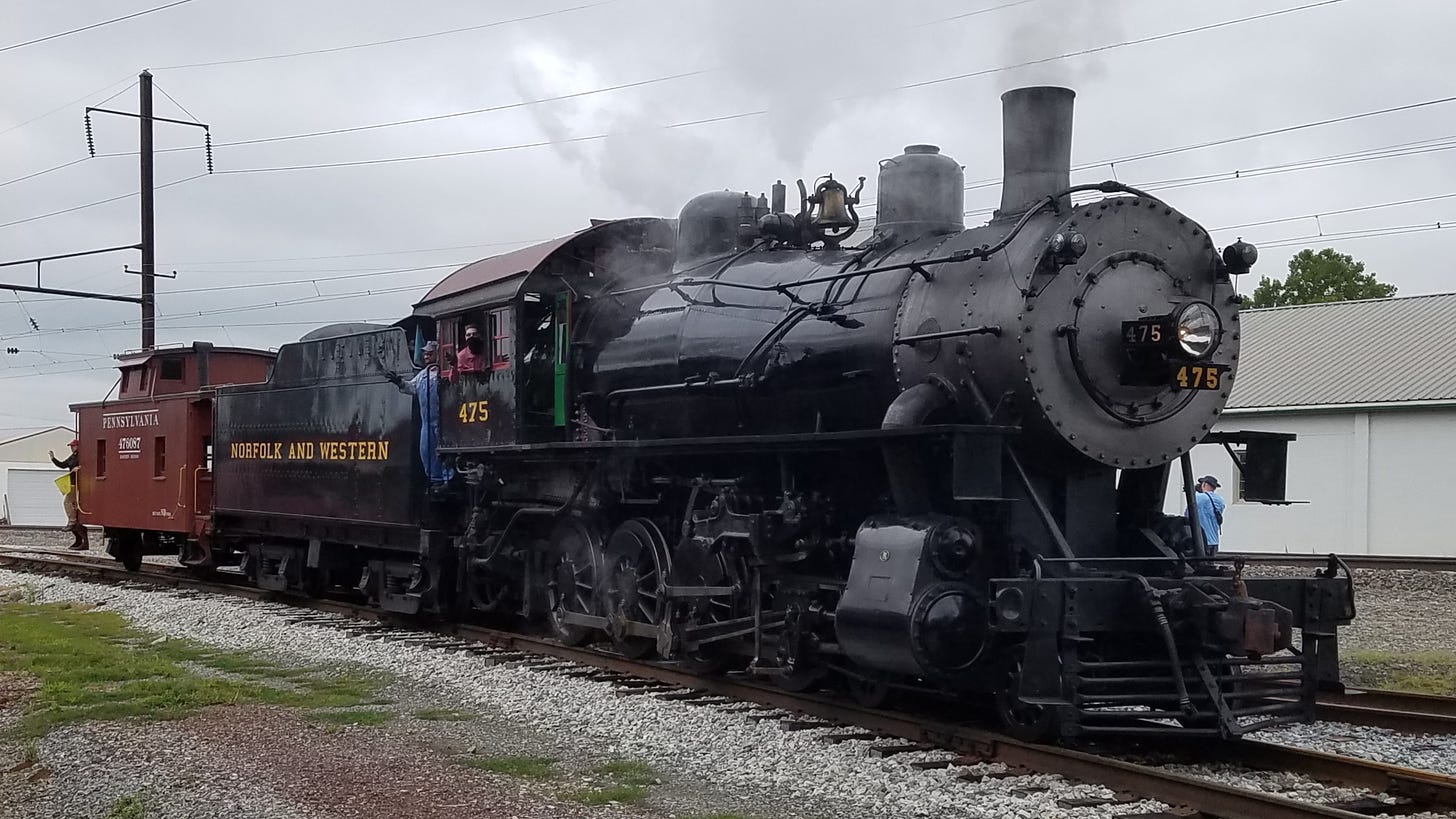
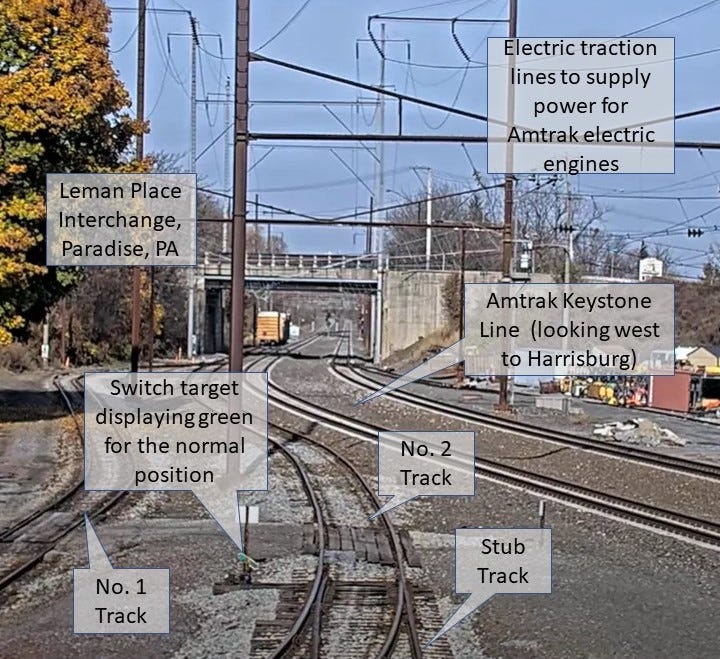
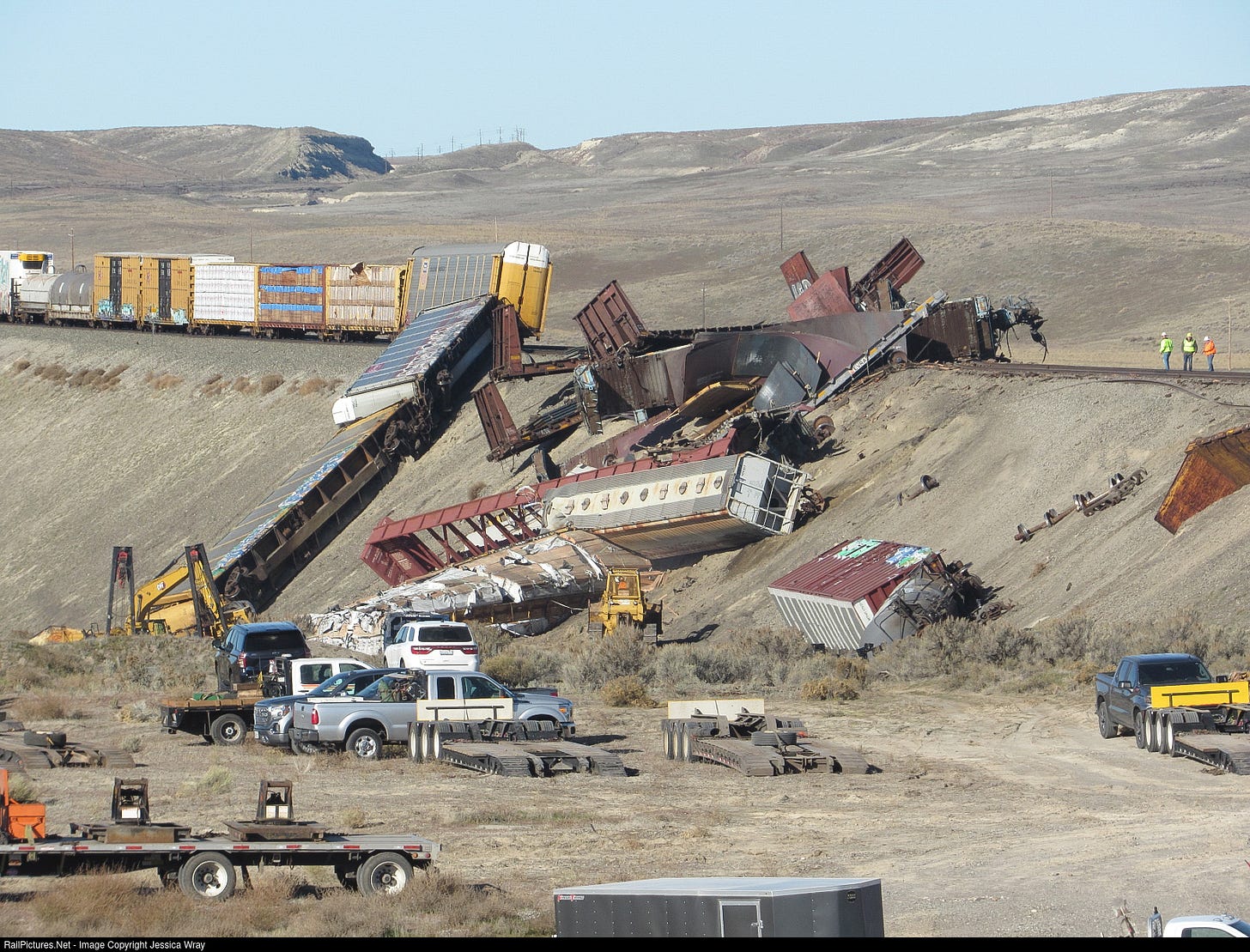
Post accident video https://youtu.be/kw5iha9Y0-4
Frederick, I like reading your stuff because of the vast variety of topics you cover. Was a fan of trains from time I was little because a Penn Central yard was down over the hill from our neighborhood. I remember seeing the Freedom Train at the station in Pittsburgh. Was fascinating seeing the steam engine and all the exhibits through the 26? cars.
Like the way you linked the train wreck where fortunately no one was hurt to the big American train wreck happening with no where near enough opposition to stop it.